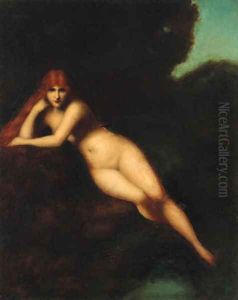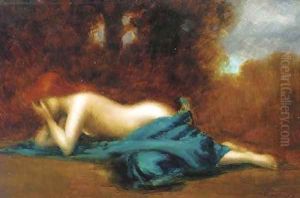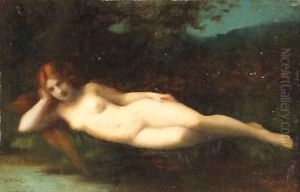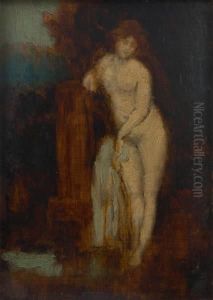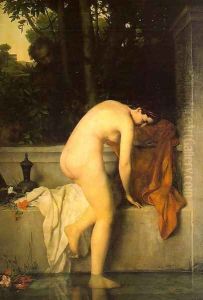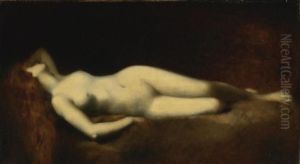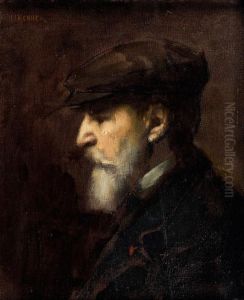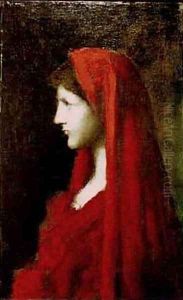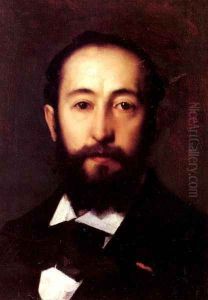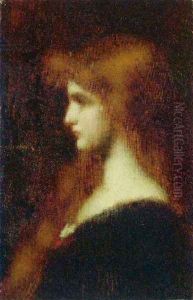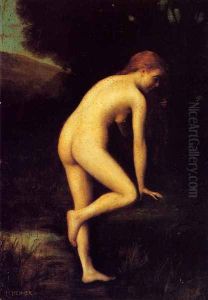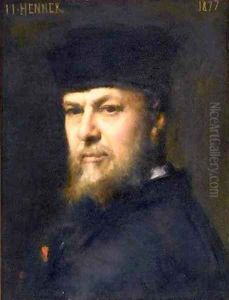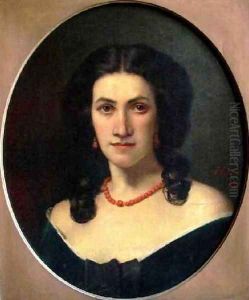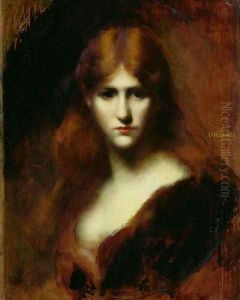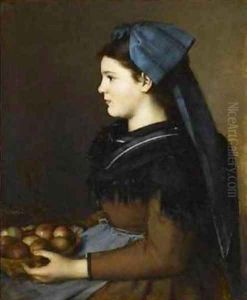Jean-Jacques Henner Paintings
Jean-Jacques Henner was a French painter, renowned for his use of sfumato and chiaroscuro in creating nudes, religious subjects, and portraits. Born on March 15, 1829, in Bernwiller, Alsace, he showed an early interest in art which was supported by his family. Henner first studied at the École des Beaux-Arts in Strasbourg and later in Paris under Michel Martin Drolling. His talent was quickly recognized, and he won the prestigious Prix de Rome in 1858, which allowed him to study at the French Academy in Rome for five years.
During his stay in Italy, Henner was greatly influenced by the works of the Italian Renaissance, particularly by the art of Titian and Correggio. This influence is evident in his delicate treatment of skin tones and the sophisticated use of light and shadow. After returning to France, Henner developed a distinctive style characterized by dreamy atmospheres and a palette dominated by rich reds and soft flesh tones.
Henner's work was well-received, and he became known for his idyllic female figures, often portrayed as mythological or biblical subjects. One of his most famous works, 'La Femme au Parapluie', was created during this period. He was also a sought-after portraitist, creating likenesses of many notable figures of his time. His approach to portraiture was similar to his other works, marked by a sense of introspection and serenity.
In 1874, Henner was awarded the Legion of Honour, and in 1903, he was elected to the Académie des Beaux-Arts. Despite his success, he lived a relatively quiet life, dedicated to his art. Henner passed away on July 23, 1905, in Paris. His legacy lives on, particularly in the Musée national Jean-Jacques Henner in Paris, which is dedicated to his work and is housed in the building where he once lived and worked. Henner's influence can be seen in the works of later Symbolist and Academic artists, and his contributions to French art have established him as a significant figure in the art history of the 19th century.
